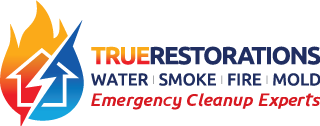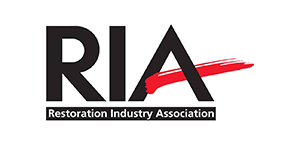Spotting signs of water damage in homes early can save you from hefty bills! It is crucial to be able to identify these signs in order to prevent further damage and potential health concerns. By taking immediate action, you can protect your home and your loved ones.
Key Takeaways:
- Water stains on walls or ceilings are a common sign of water damage.
- Increased humidity and dampness in certain areas of your home can indicate water intrusion.
- Visible mold growth is a strong indication of water damage and should be addressed promptly.
- Strange noises or dripping sounds may signal a hidden water leak that needs attention.
- Soft spots or paint damage on walls and floors can indicate long-term water exposure.
In addition to these signs, it’s important to be aware of potential health issues that can arise from water damage, such as respiratory infections. Taking preventive measures, conducting regular inspections, and addressing water damage immediately can help minimize the risk of costly repairs and health hazards.
Remember, early detection is key when it comes to water damage in homes. By staying vigilant and proactive, you can keep your home safe and sound.
Common Signs of Water Damage in Homes
There are several key indicators that can suggest the presence of water damage in your home. By being aware of these signs, you can take prompt action to mitigate further damage and potential health risks.
One of the most visible signs of water damage is the appearance of water stains on walls or ceilings. These stains may range from small discolorations to larger patches, and they often indicate a water leak or seepage issue.
Another common indicator is increased humidity and dampness in certain areas of your home. If you notice a musty smell or feel excessive moisture in the air, it may be a sign of hidden water damage.
Mold growth is another red flag. Mold thrives in damp environments, so if you spot any visible mold growth, particularly in areas with water exposure, it is a clear indication of water damage.
Strange noises or dripping sounds in your home can also be indicative of water damage. Pay attention to any sounds that seem out of the ordinary, as they may signify a leaky pipe or plumbing issue.
Soft spots or paint damage on walls can be signs of water damage, especially if the affected area feels spongy or looks swollen. Additionally, water damage can lead to health issues such as respiratory infections, so if you or your family members experience recurrent respiratory problems, it may be related to water damage in your home.
Identifying these signs early on is crucial to prevent further damage and costly repairs. Regular inspections and maintenance can help identify water damage in its early stages, allowing you to take the necessary actions to address the issue promptly.
Understanding the categories and classes of water damage is also important in determining the severity and necessary steps to take. Taking preventive measures, such as installing proper drainage systems and ensuring proper ventilation, can help minimize the risk of water damage in your home.
In conclusion, being able to identify the common signs of water damage is essential in maintaining the integrity of your home and protecting the health of your family. By staying vigilant and addressing water damage promptly, you can prevent further damage and potential health hazards.
FAQ
Q: What are the common signs of water damage in homes?
A: Common signs of water damage in homes include water stains on walls or ceilings, increased humidity and dampness, visible mold growth, strange noises or dripping sounds, soft spots or paint damage, and potential health issues such as respiratory infections.
Q: Why is it important to address water damage immediately?
A: It is important to address water damage immediately to prevent further damage and potential health hazards. Ignoring water damage can lead to costly repairs and exacerbate existing issues, as well as create an environment conducive to mold growth and other health concerns.
Q: What are the categories and classes of water damage?
A: Water damage is categorized into three categories based on the source of water: clean water, gray water, and black water. It is also classified into four classes based on the extent of damage and evaporation rate. Understanding the categories and classes of water damage helps determine the severity and necessary actions to take.
Q: How can I prevent water damage in my home?
A: Taking preventive measures and conducting regular inspections can help identify and address water damage in its early stages. Some preventive measures include maintaining gutters and downspouts, addressing plumbing issues promptly, sealing cracks and openings, and ensuring proper ventilation in areas prone to moisture.
Q: Should I hire a professional for water damage restoration?
A: Depending on the extent of the water damage, it may be necessary to hire a professional for water damage restoration. Professionals have the expertise, equipment, and knowledge to properly assess, mitigate, and restore water-damaged areas in a safe and efficient manner.
























